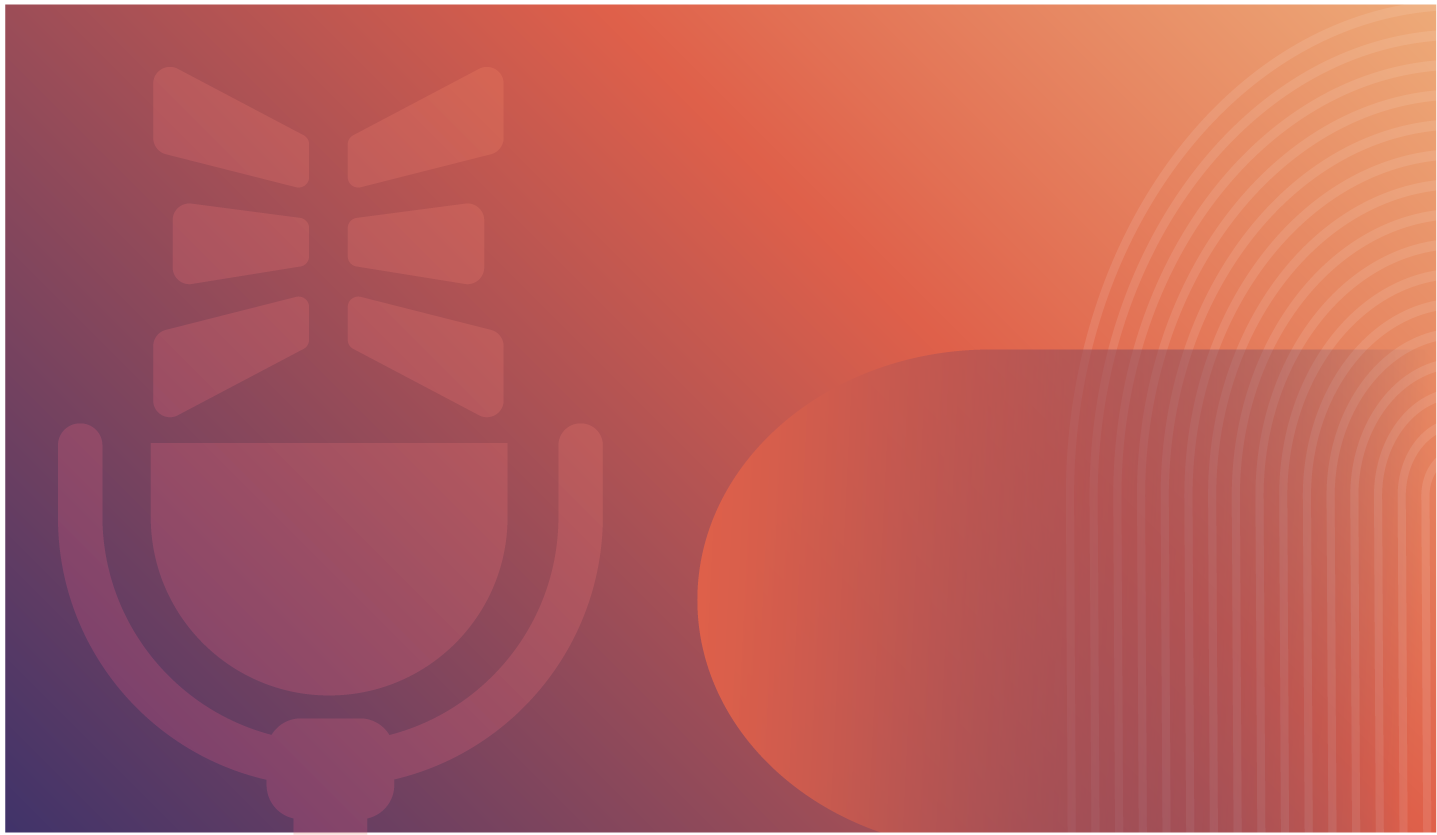
Is Purpose Working?
The health, economic, and social crises of the last years have accelerated a trend towards organizations seeking to act with greater and broader purpose for the good of many stakeholders — and not just shareholders.
NovoEd is proud to sponsor a podcast series that showcases thought leadership on purpose-driven companies. Here you will find an archive of the episodes and exclusive content, as well as perspectives and resources that connect purpose to learning.
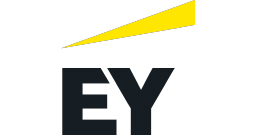
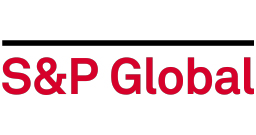
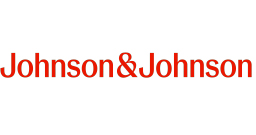
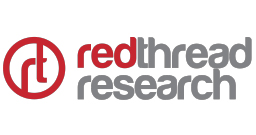












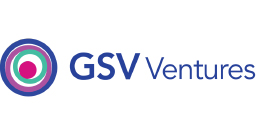
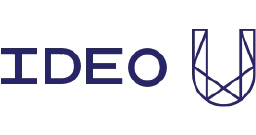
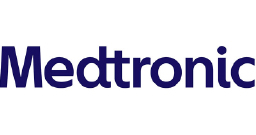
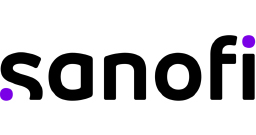












Listen to all of the Purpose Podcast episodes below:
Episode 10: Tal GoldHammer and Jeff Stier
Lead, Purpose & Vision Realize Practice, EY Americas
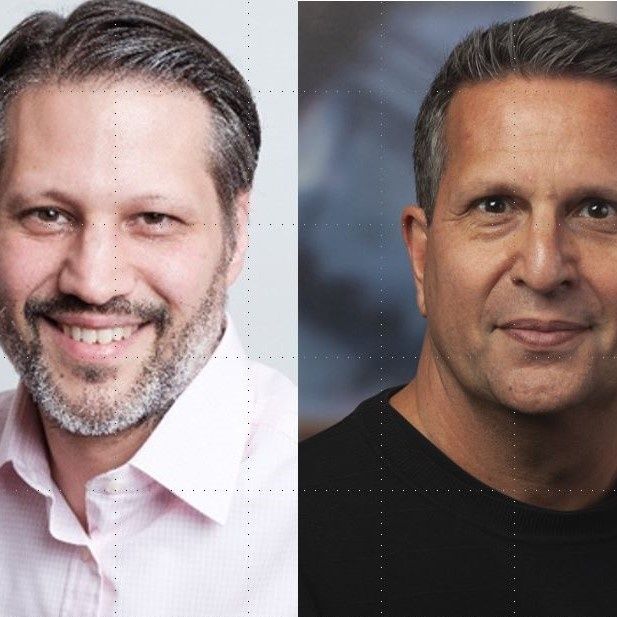
Purpose + Vision + Long-Term Value Is the Real Purpose Power Equation
“Personal purpose and personal vision and organizational purpose are part of what gives daily meaning to the work you do daily.” This week, we meet two very interesting purpose practitioners who genuinely seem to embody in their work that sentiment—Tal Goldhamer, Partner and Chief Learning Officer – Americas, EY, and his colleague Jeff Stier, leader of EY Americas’ Purpose & Vision Realized practice. In one of the best conversations we’ve had on an already strong season, we delve into just how central this major leader in assurance, tax, transaction and advisory services thinks purpose really is.
An intriguing new purpose concept: nesting
EY doesn’t think or expect all of its global roster of 300,000 to get all they need out of that topline directive to build a better working world. What’s more effective: working with team members to identify what their individual purpose is, then chaining that to the larger vision, work it calls ‘purpose nesting.’
Why ‘purpose’ can’t do all the work itself
We hear how EY puts a lot of effort into supporting the purpose concept with vision and striving for long-term value—or as we hear it formulated in the episode: “purpose alone is not a magic bullet and it never belongs in a conversation by itself; purpose + vision + long-term value is the power equation.”
L&D as the great Trojan horse
Like other organizations we’ve heard from across our purpose journey, EY also believes L&D has a major purpose contribution to make—and again, that that has to be more than just ‘training’ or ‘learning’ as abstract concepts, but as inspiration and a means to find connection with colleagues and the wider organizational purpose: “We view the role of L&D as having a role in helping people become better performers, colleagues, leaders, better people… helping people discover and activate their purpose and vision almost immediately makes them better in all of those categories.”
Purpose as a vector for inclusion and belonging
A perhaps surprising side effect of formal purpose education: not only does it make you happier in your job, it can also make you a better colleague. “When you discover your personal purpose, and you realize that the personal purpose and vision, and you realize that that combination is unique to you, something also happens: you realize that everyone else has a unique, personal purpose and vision and that the diversity of that uniqueness is required to make up a team.”
Episode 9: Suzanne Gibbs Howard
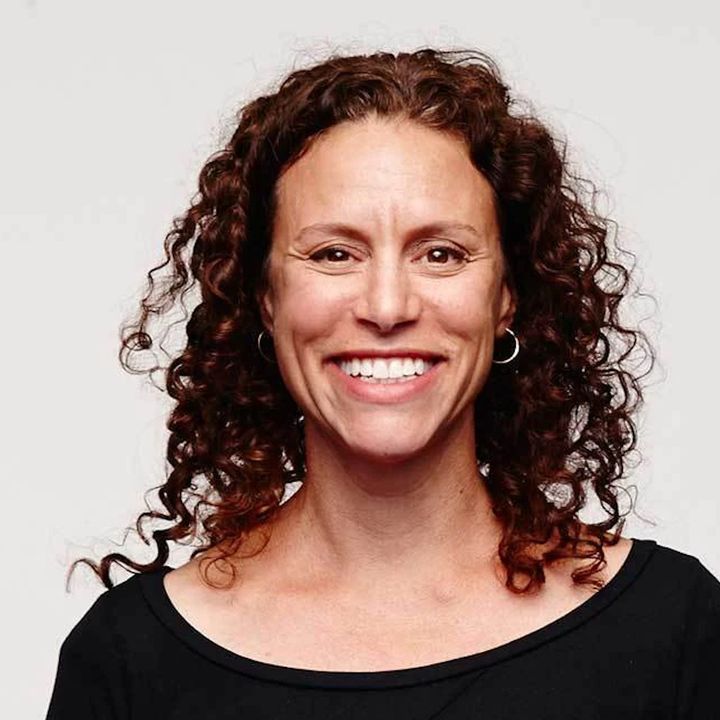
Using Purpose to Align People to What’s Next
This week we meet the Founder and Dean of the Design Thinking-informed IDEO U, Suzanne Gibbs Howard. Reflecting on a tough year for humanity, Suzanne says that her own constant self-questioning of her purpose and what she’s trying to do for the IDEO global online community of 200,000 graduates has been decisive. IDEO is another one of the growing band of organizations we’ve met during the season who say they are formally purpose-driven companies, with the team all focused on making change in the world in a more human-centered, design-thinking inspired way.
The central role of design thinking
IDEO defines this as “a human-centered approach to innovation” that draws from the designer’s toolkit to integrate the needs of people, the possibilities of technology, and the requirements for business success.
How IDEO interprets purpose
For IDEO, purpose is central to help align people toward what’s next for them, which is why her organization decided to offer a course called Power of Purpose well before the corona crisis. “We do teach a lot about purpose, and one of the things that we focus on is the way that purpose has a role in a larger system of change,” she tells RedThread and Learning Is The New Working’s Chris Pirie.
Amplifying potential
Expanding on that theme, Suzanne shows that if IDEO’s wider purpose is to amplify and unlock the potential of people so that they can solve their own challenges more creatively, IDEO U’s purpose is thus intimately connected to the larger IDEO organization’s purpose.
Purpose and learning
Suzanne issues something of a warning about the future of L&D: stop worrying about delivery formats, she urges, and instead look at what really motivates and engages people, which is them getting a chance to define their own purpose. “I do believe that this pandemic is that kind of opportunity, especially in the space of learning and the ways we work,” she suggests. “I think the next wave is going to be about those subtle dynamics of how we work together—making sure that all voices aren’t only heard, but truly integrated.”
This means that learning has to be about more than MOOCs and recorded talking heads. What’s needed are ways to deeply engage people, as engagement is the precursor to learning, Suzanne argues. For IDEO that engagement comes through community, which is integrated into IDEO U’s cohort-based offerings and offers change-makers across the world the opportunity to connect with peers and share and provide feedback on each other’s work.
Episode 8: Deborah Quazzo
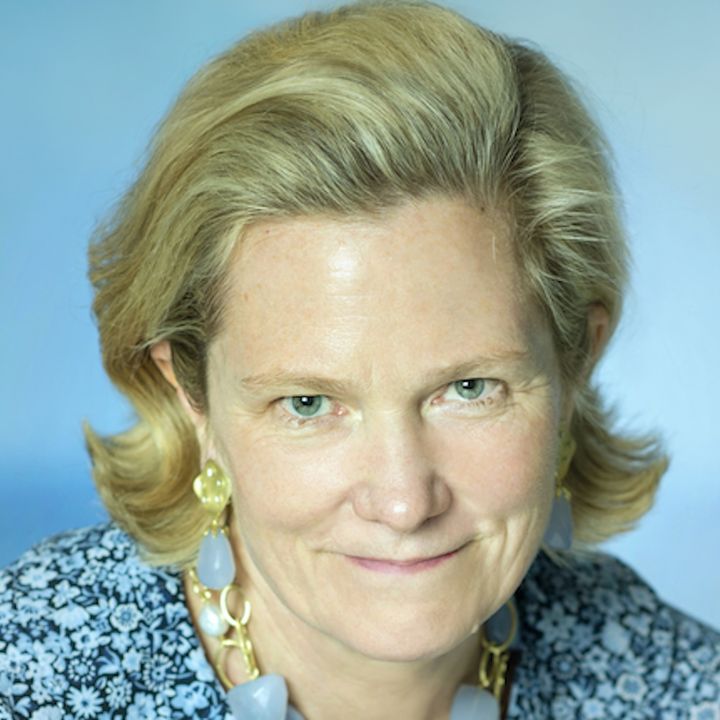
How Purpose Makes Its Mark in Venture Capital
You may be aware of the ASU GSV Summit — an annual event that celebrates innovations and innovators across the global “pre-K to Gray” learning and talent landscape, attracting thousands of attendees from the L&D and investor worlds. The organization behind it is a specialist venture capitalist outfit called GSV Ventures, an early-stage fund that works with entrepreneurs in the fast-expanding $7 trillion learning and talent technology ecosystem. One of the key takeaways from this episode is that the folks at GSV don’t see any conflict at all between having a purpose and making money. Indeed, as we hear from Managing Partner, Deborah Quazzo, you must never confuse philanthropy with running an actual company; no matter how great a founder’s purpose is, if there’s no commercial discipline to actually build a company, the conversation never goes forward.
An investment strategy that embeds purpose
Education and L&D are hot areas, with COVID accelerating interest in digital learning. While GSV doesn’t label itself as an impact fund per se, the organization strongly believes that if investments don’t demonstrate impact, they won’t be financially successful. This belief is ingrained in the fund’s 5P framework for investment analysis — people, product, potential, predictability, and yes, purpose. Companies with purpose “have stronger cultures and are going to inherently have stronger outcomes,” says Deborah.
Supporting the frontline team member
Deborah expects purpose to have more and more impact across American business, driving better outcomes for a whole host of reasons, with generational change being a big factor. The proof point is how many big corporations, from Chipotle to Disney, are making efforts to better support their frontline workers through the current crisis.
Democratizing learning
This opens up a big opportunity (and responsibility) for corporate learning. Elevating learning in the corporate setting shows commitment, and also benefits all stakeholders, making L&D an important tool for corporate leaders, e.g. as a furlough benefit. All in all, conclude Chris and the RedThread team, learning is definitely contributing to cultures of purpose that are springing up everywhere.
Episode 7: Celia Berenguer
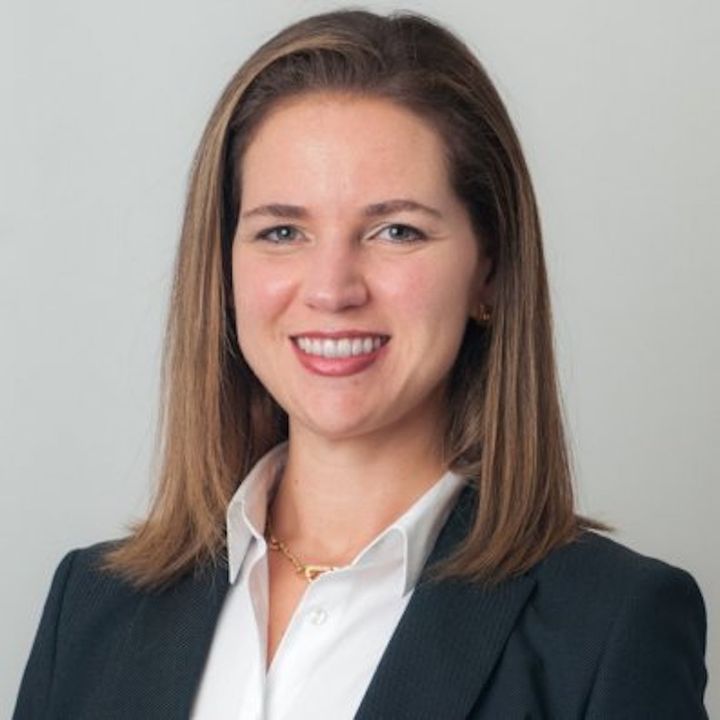
How Learning Shapes Culture at a Purpose-Driven Organization
This week, the team meets the Chief Learning Officer at multinational pharma giant, Sanofi—another life sciences company whose work is driven by its purpose—“Empowering Life”—and supported by a commitment to a strong learning culture. To find out more about this approach, the team sat down with the company’s Chief Learning Officer, Celia Berenguer, who’s been leading a number of purpose-driven L&D initiatives there, including a new corporate university … which opened its virtual doors in April 2020, just as the pandemic was engulfing the world.
Both top-down and bottom-up focus on purpose
RedThread find much to praise in the work of Celia and the rest of her L&D team, while acknowledging—as Celia does so thoughtfully on the podcast—how much remains to be done. Purpose is infused within the organization, Sanofi people really believe in it, and it’s increasingly a part of how the company thinks about learning and the change journey (which is also being driven by a new CEO’s focus on purpose). We hear how L&D is becoming the source of all the support mechanisms and development tools that can bring that purpose to life for staff. Interestingly, that call from the top is fusing with what Stacia sees as a “bottom-up” commitment to purpose, too.
The shift to a more human corporate university
A key part of the conversation is the shift Celia had to lead to get Sanofi University off the ground when the 2020 health crisis erupted and triggered a rapid pivot in the company’s launch strategy—and how the originally highly-polished approach had to be replaced by a more authentic, more real, and more human orientation.
Democratizing learning
We also hear how purpose is seen as a guide to triage what needs to be done versus what the organization might like to do, as well as a lot of very advanced re-thinking on what skills and career development should be looking like right now—a result of the need, as we’ll hear, to democratize and share learning in a time of crisis.
You can tune in to the conversation from any of your favorite podcast apps or subscribe to our newsletter, where we will summarize the key takeaways on thought leadership for learning leaders, and give you access to exclusive content, transcripts, related links, and more.
Episode 6: Clint Kofford
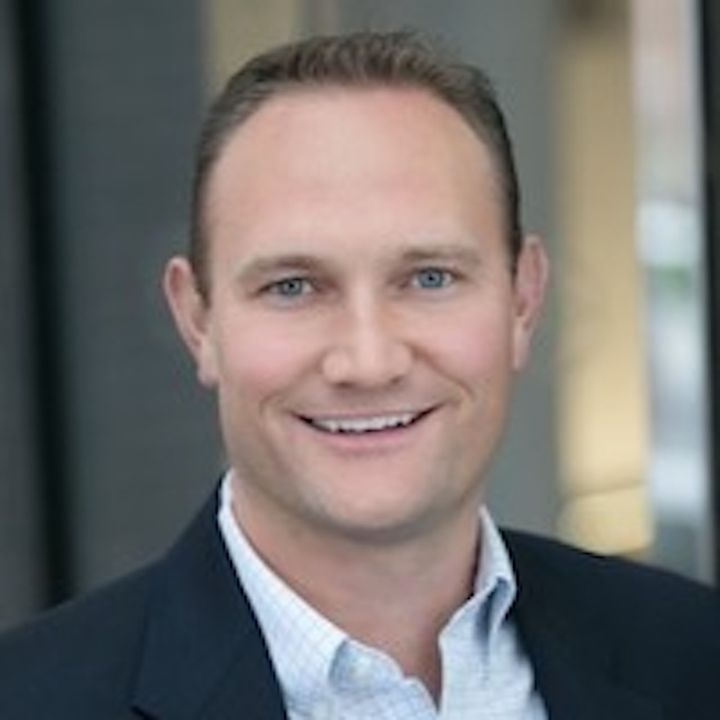
What Purpose Means for the World’s Largest Healthcare Company
Is Johnson & Johnson the definition of a company with a purpose? There’s a lot to back up this argument: in 1943, just before it became a publicly traded company, the values meant to guide all its decision-making were spelled out in its Credo. Famously, this statement challenges everyone in this $85bn company to put the needs and well-being of the people it serves first. This includes promises to employees like an inclusive work environment where each person is considered as an individual, and managers respect their diversity and dignity and recognize their merit.
In this week’s episode, we unpack these ideas — as well as Johnson & Johnson’s ongoing claim that the Credo is both a moral compass and “a recipe for business success” — in a conversation with its Global Head of Talent Development, Clint Kofford. Our verdict: the ideas do seem to hold up … and much can be learned from J&J’s example.
Sound mind, sound body?
Perhaps unsurprisingly for a healthcare company, purpose has not just an ethical or process face at Johnson & Johnson, but also a physical one: the company believes unleashing employee “spiritual energy” has to happen via developing the body, too, via nutrition and performance support. As a result, Clint tells us, L&D is a lot more than a facility with a bunch of classrooms, but all about helping the individual in all aspects of their lives.
Toward wholly-personalized career pathways
A fascinating aspect of purpose at this 130-year-old company is how much stays the same and how much changes. A recent re-orientation means a new focus on purpose as a talent development factor, with Clint and his team starting a whole company-wide conversation about skillsets and an aim of wholly-personalized career planning.
Purpose: the great gift L&D’s been waiting for?
The takeaway for Dani, Stacia, and Chris from their conversation with Clint is that purpose really could be the glue that holds talent together — but that internal paradigms may need to shift to make that happen, especially around the status of non-full-time employees. They also conclude that purpose may, in fact, be what every learning professional has been dreaming of all these years: as a way to harness the truly unique talent of an organization to bring out its best.
View Transcript
You can tune in to the conversation from any of your favorite podcast apps or subscribe to our newsletter, where we will summarize the key takeaways on thought leadership for learning leaders, and give you access to exclusive content, transcripts, related links, and more.
Stay connected with purpose – Subscribe to our newsletter to receive the latest episodes.
First nameLast nameEmail*
- Please enter a different email address. This form does not accept addresses from gmail.com.
- I’m interested in learning more about NovoEd’s collaborative learning platform.
NovoEd needs the contact information you provide to us to contact you about our products and services. You may unsubscribe from these communications at any time. For information on how to unsubscribe, as well as our privacy practices and commitment to protecting your privacy, please review our Privacy Policy.
Episode 5: Dan Pontefract
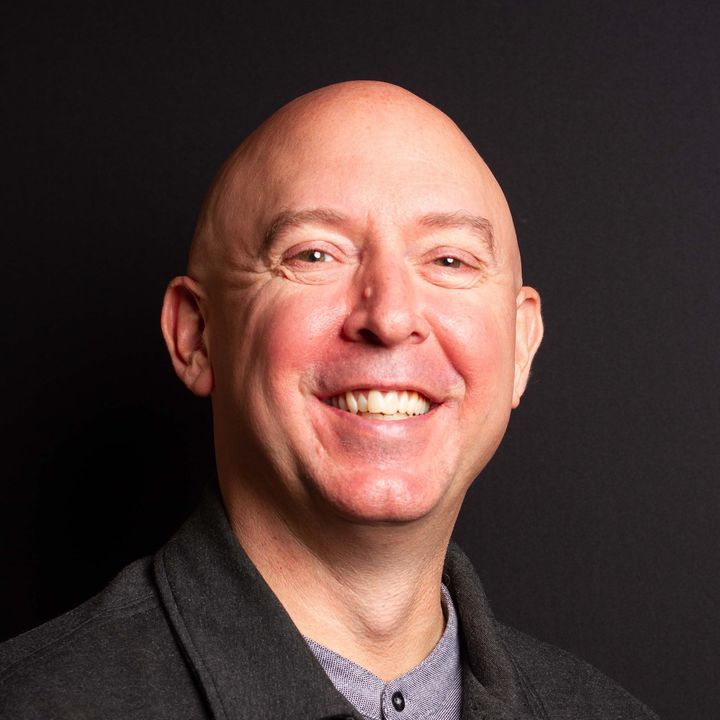
Purpose, Culture—But Also Thinking: Connecting Personal, Role, and Organizational Purpose
In this special episode we get a unique perspective on purpose at the corporate level from Canadian author, business consultant, and former chief learning officer, Dan Pontefract, who has been on a deep dive since 2014 into the interlinking — as he sees it — of purpose and the very way we think. Chris, Dani, and Stacia then summarize some of the main things we’ve learned in this and the previous four ‘Is Purpose Working?’ episodes, and reflect on some recent news and potentially critical audits of purpose, one year on from that famous Business Roundtable statement.
Purpose needs to be more than ‘values on the wall’
Dan’s personal purpose journey has gone from working for a major telecommunications company to writing four best-selling books. What’s driven him: an epiphany that there’s a link between personal, role, and organizational purpose — but that purpose has to be a working, operating behavioral guide or it won’t become truly organic.
Ethics
Dan tells us a very personal story about why he left an amazing job, which he links to Tim Bray’s very public resignation from Amazon: a useful reminder that purpose has a very individual aspect that our talk about organizations can sometimes miss.
The COVID factor
Both Dan and RedThread say purpose is much more a realistic business deliverable post-COVID than it was before. Dan explains how he can show CEOs why there is a direct link between EBITDA and purpose, for example, while Dani and Stacia point to the uptake in much more ‘human’ conversations between the C-Suite and teams.
Purpose pushback?
Finally, there’s some useful reflection on some of the key themes that are surfacing from the debates with our podcast guests so far. What we think we’re hearing: that purpose is a word we’re seeing more and more in American society, and, for sure, we have to be a little suspicious that it’s a fashion trend — however, there’s also evidence that it is a solid concept now. There are, however, some methodological flaws in recent purpose enhancements, like those of The World Economic Forum and the Roundtable itself. Bottom line: yes, there’s froth, but that doesn’t mean it isn’t real — and L&D has a positive role to play in embedding purpose in organizations.
Episode 4: Rachel Fichter
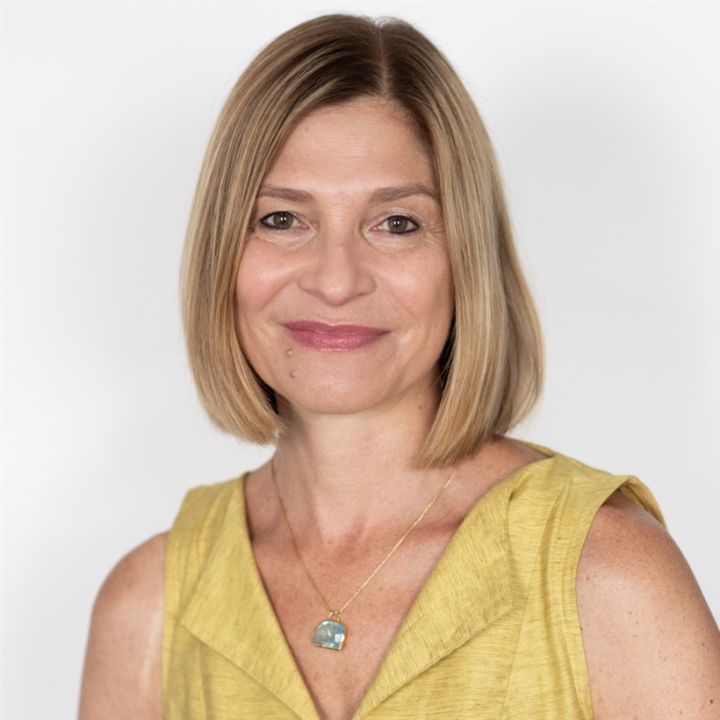
The Importance of Authenticity for a Purpose-Driven Organization
If you’re a company seeking information products that inform increasingly important business metrics like your impact on the environment, you might well go to the researchers at S&P Global. That’s not only because its 22,000 staff have the expertise; it’s also because they have an explicit purpose statement: S&P Global’s work needs to accelerate progress in the world by providing intelligence essential for companies, governments and individuals to “make decisions with conviction.” In this episode, we find out what that looks like from the inside, with the company’s Global Head of Talent and Leadership, Rachel Fichter.
Growing skepticism of “talent” as a key HR term
S&P Global is one of a number of organizations that has started to de-emphasize the term ‘talent:’ internal conversations suggest it can be dehumanizing and elitist to categorize colleagues this way, stressing skills and knowledge over the person as a whole. We also learn how Fichter and her colleagues think increased use of data is really the only fair way to structure high-potential (HiPo) employee programs.
From HR to People
That’s not the only way HR is getting changed-up at this S&P Global. Across all functions, new projects now adopt agile methodologies, with people coming together in teams for specific purposes. That means that lots of things are different—including a complete reimagining of the performance review process, ‘Thrive’ (COVID-inspired, but now looking permanent). Also out, too, is talk of HR at all—it’s now about People: the organization even has an identified Head of Culture.
Where training fits in a context of rapid HR evolution
Rachel explains how S&P has never had a centralized L&D function at her company. But now, a mix of decentralized and centralized work, as well as input from corporate communications, public affairs, and branding has led to a dialog across the whole organization. Its outcomes include new benefits like a six weeks global care leave, but also greater company commitment to training, such as a raise from $5,000 to $20,000 for tuition reimbursement a year, among other measures.
Dangers
S&P Global has consciously embraced purpose. But it knows this is a journey: Fichter acknowledges potential obstacles like complacency, and the danger of organizational drift. The answer, she suggests: keep tapping into people’s energy. Also important: being willing to experiment, and trying to scale purpose-driven change quickly.
“Learning used to be one small team’s responsibility,” she tells us. “But in the same way purpose is the whole organisation’s, we’re trying to make development accessible for everyone, not just a few any more.”
Episode 3: Jeff Orlando
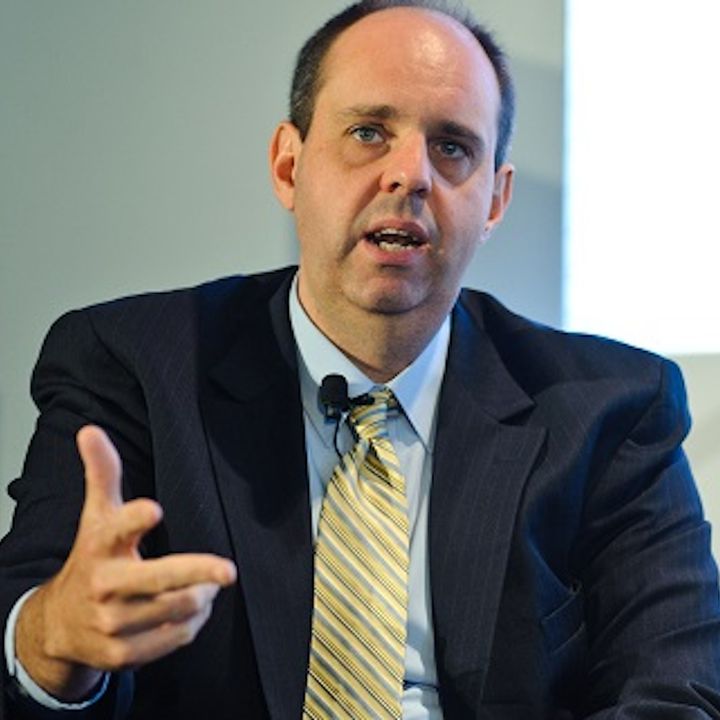
How Purpose Serves as an Organizational Constitution
When the pandemic hit, one of the first medical equipment companies out the gate trying to help was Medtronic, the world’s largest medical technology company: it actually quintupled production of respirators, and in a very short time. But as the company’s Vice President for Global Learning and Leadership, Jeff Orlando, explains to Dani and Stacia in this next episode of Is Purpose Working? stepping up is what you do if you try and operate every day according to an explicit purpose statement that “our first and foremost priority is to contribute to human welfare.” So how does having such an explicit purpose shape what you do if you work for a company like this?
A living document
Medtronic wrote down its mission statement (the Medtronic purpose) back in 1960. But it has kept it as a living document that is constantly returned to, Jeff explains: a kind of organizational constitution. This is reinforced by a conscious sense that all employees are really only ever ‘stewards’ of the mission. In fact, company decisions are explicitly mapped to the mission’s six central principles, every day—and, intriguingly, we hear how teams “un-stick” problems that aren’t being resolved by mapping them back onto the defining principles.
A role for ritual?
One of the most fascinating things about purpose at Medtronic is that the company makes conscious use of symbolism and ritual. Employees don’t just hear about the company’s mission, they get rewarded and recognized for having lived it. Since 1974, a special in-house “mission and medallion ceremony” is held several times a year at facilities all over the world as a reminder of the recognition and responsibility recipients get for helping fulfill the company mission. Dani, Stacia, and Chris find this significant, and wonder if deliberately explicit ways of cementing purpose like this is something other organizations would do well to adopt.
How L&D can help
As a CLO, Jeff is convinced Learning and Development (L&D) plays a key part in consolidating purpose. A big takeaway is that L&D might play an important role in creating the space and time for the ceremonies that can anchor purpose work, as well as developing curricula and resources that support the company’s mission. This approach may mitigate the danger that purpose statements become just documents that can be misinterpreted, and instead promote the constant organizational conversation that is needed for purpose to work.
Episode 2: Aaron Hurst
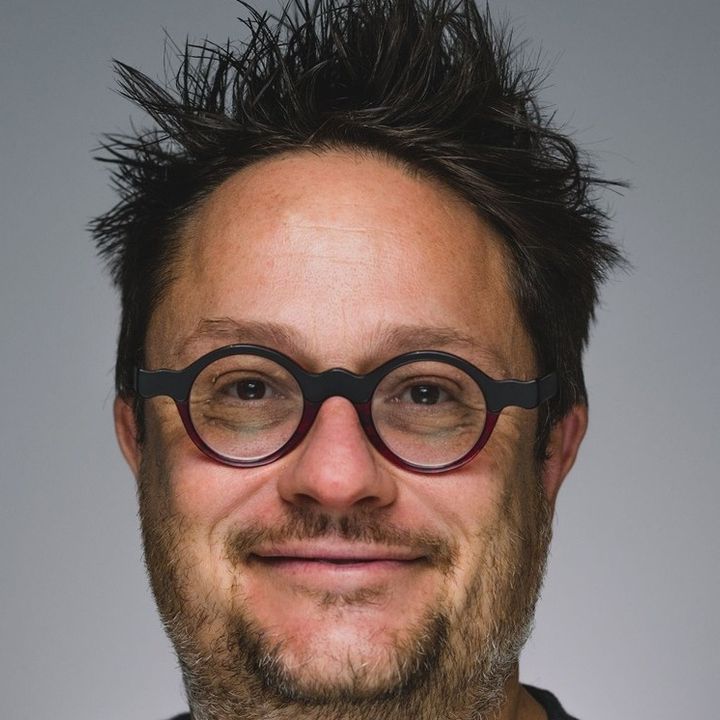
Connecting Purpose to How We Work as Human Beings
In 2014, Aaron Hurst’s book, The Purpose Economy, brought the idea of purpose front and center for business, launching a revolution of sorts in how we think about personal, professional, and organizational purpose. Hurst had previously founded the Taproot Foundation, a network he set up to connect social change organizations with business professionals willing to donate time and expertise to build capacity. Hurst is a key figure in the modern purpose story, so this episode’s conversation with Chris Pirie from Learning Futures Group and Stacia Garr from RedThread Research is the perfect place to start the season’s journey toward finding out if purpose really is working.
Why Hurst founded Taproot — then moved on
We first hear about the personal and family journey that is the basis for all Hurst’s work, including what he’s doing with his new peer coaching platform, Imperative. We then explore the frustrations that led him to move on from pro bono work: a recognition that people need to feel a purpose in what they do at work; too many are “driving blind” because they can’t get to one; and that purpose needs to be systematically integrated into the flow of work.
Purpose does not equal supporting social causes
Purpose is set to become what creates value for people as employees and consumers, as well as sparking loyalty to organizations and brands. It is also, we learn, not to be confused with merely supporting good causes — and actually much more about new insights into human psychology and deep needs we all have. (Think, more autonomy = more sense of purpose.)
What does HR need to do?
All these shifts have big implications for HR and talent management. There certainly is a need for new metrics on how to measure purpose’s success in the workplace (and Hurst has some key messages for leaders, especially not just tracking growth, but also relationships and impact — as he does for HR and what its opportunity is with purpose).
Will purpose survive the pandemic?
The conversation stress-tests some of Hurst’s ideas against COVID, the gig economy, and other realities: deciding what’s real and what’s not can be tricky right now. Then, we ask the key question of the episode: how does purpose specifically connect to workplace learning? This requires a shift in organizational mindsets away from command-and-control thinking and the idea of optimizing human “resources” towards helping people as human beings.
The purpose bottom-line for Learning & Development as a practice
L&D’s role here could be as a key part of the change management process, we decide —getting organizations into this new mindset. A core concept here: L&D can act as a builder and embracer of a coaching and learning culture that supports continuous employee growth and development. Conclusion: It’s time to retire talk of “hard” versus “soft” skills — and move to teaching human skills instead.
Episode 1: Stacia Garr
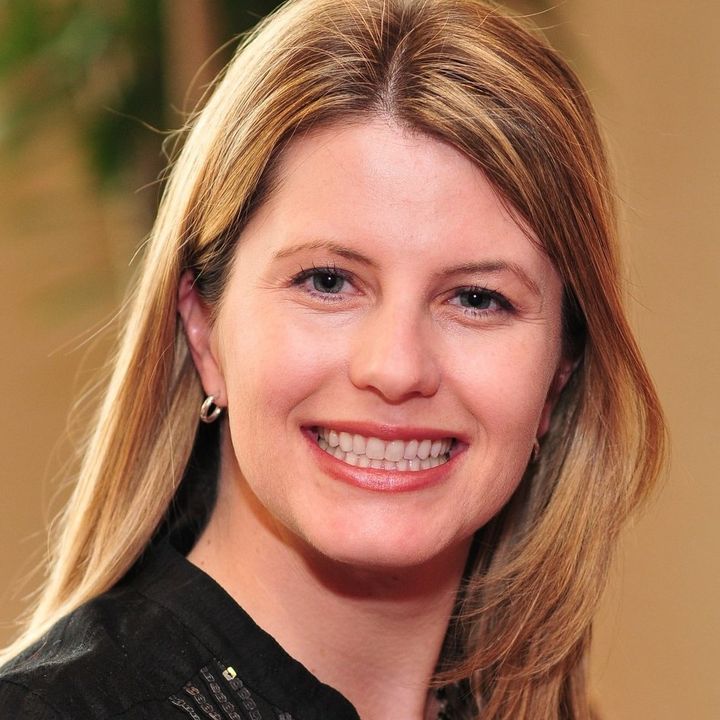
Is Workplace Learning the Secret to Organizational Purpose?
Hear Chris, Stacia, and Dani reflect on the first conversation and the premise behind their collaboration on the ‘Is Purpose Working?’ podcast series.
Last year, the U.S. Business Roundtable declared that the point of a company was no longer to maximize shareholder value, but instead to promote an economy that “serves all Americans.” With that announcement, a new word started to become more prominent in business conversation: ‘purpose.’ The health, economic, and social crises of 2020 then brought the idea about why we work really under the spotlight for employees, L&D professionals, and the C-Suite.
That’s not to say that purpose, as an idea, dropped out of the sky when the Roundtable folks made their announcement; anyone familiar with the Taproot Foundation’s work or the early days of JC Penney knows that the idea that we don’t just work for an organization in exchange for a paycheck runs deep. But what is new is that purpose is no longer simply part of a corporate vision statement or something that sits in the purview of the Corporate and Social Responsibility (CSR) department. It’s moving out of its traditional silos—and at a rapid rate—with more and more organizational teams taking it very seriously.
Questions remain. Is HR the owner of this important work, or not? How exactly does L&D contribute? Are there useful quantifiable metrics yet, or tools to measure it? RedThread Research is working to figure out how much purpose activity in today’s corporations is real, or simply lip-service to the ideal (what they call ‘purpose-washing’). So far, it has released an initial report and, more recently, a useful infographic of its preliminary findings. And, though its investigations are far from over, some key themes are already emerging:
- 89% of leaders think it drives employee satisfaction;
- 84% of managers see having a clear purpose positively impacting the organization’s ability to transform;
- And, that we could—and maybe should—be using corporate learning to align employees to organizational purpose.
The study has also clearly identified that purpose is “HR’s opportunity” during the current crisis and beyond. As leader of the RedThread purpose work, Stacia Sherman Garr, puts it in the first episode of this podcast series: “We did this research in the context of the pandemic and have seen HR and purpose show up a lot more together.”
But is HR listening? And is it going to use training to seize this opportunity? The connection of corporate learning to the issues of deep employee engagement that purpose has to be about is intriguing.
To advance the conversation, RedThread is embarking on a unique, multi-month podcast collaboration with former Microsoft CLO, Chris Pirie, host of the hugely popular Learning Is The New Working podcast. It promises to be a fascinating, timely, and also genuinely important series of conversations. What the series will look like in practice: a series of interviews, discussions, and thought leadership experiences around the emerging themes of purpose in connection with the evolution of business in the 2020s and beyond. It’s an important conversation, and one that NovoEd is proud to sponsor.
So, join us over the next few months to hear from Stacia and Dani at RedThread as well as Chris as they explore purpose from different angles—interviewing authors and thinkers in the field, CLOs and CHROs applying it in practice, and other informative subject experts.
Check Out These Other
NovoEd Podcasts
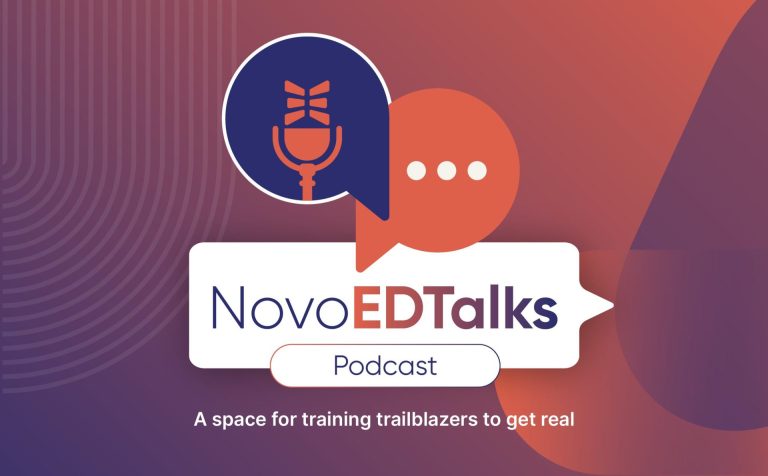
Learning is changing and evolving — fast. Let’s talk about it! If you’re looking for practical L&D solutions, tune into any of our NovoEDTalks 20-minute podcast episodes where L&D professionals share their expert insights and strategies, produced by Melissa Fiske and Lynn Christiansen Esquer.
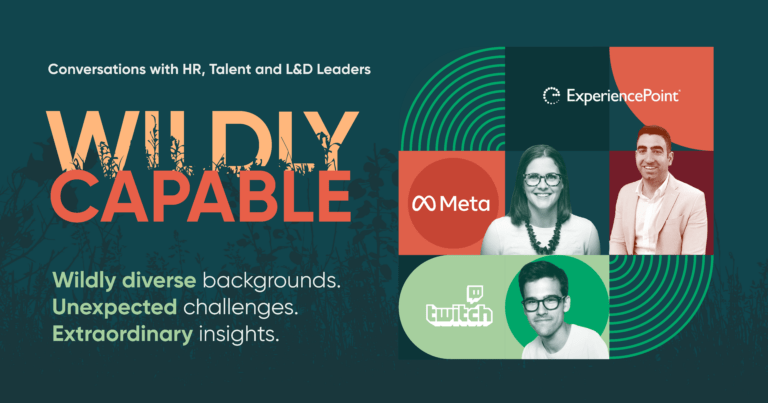
From where does deep capability emerge? Is it work experience, in-the-trenches wisdom, innovative thinking? We sets out to answer this question with a roster of special guests from industry-defining organizations including Twitch, Meta, and Disney.